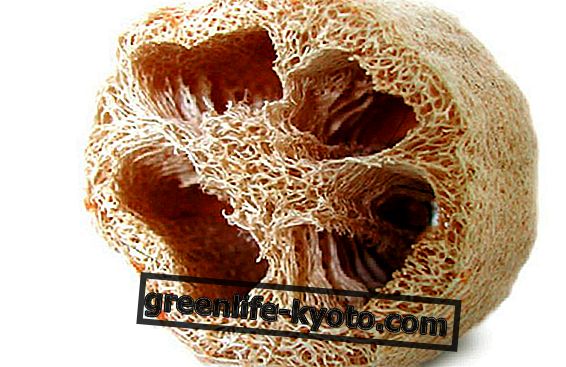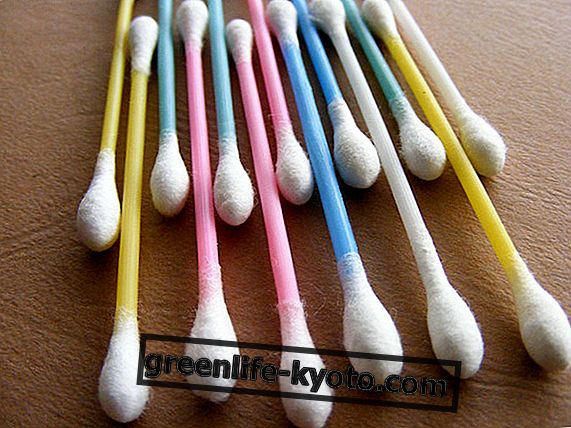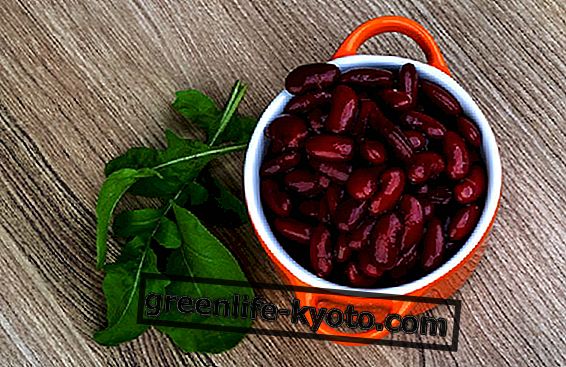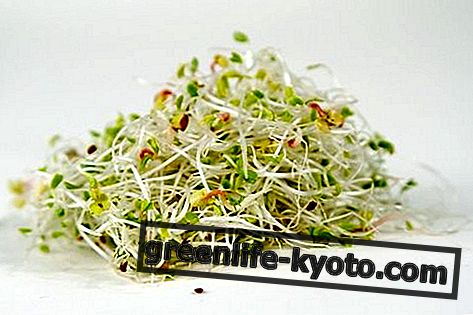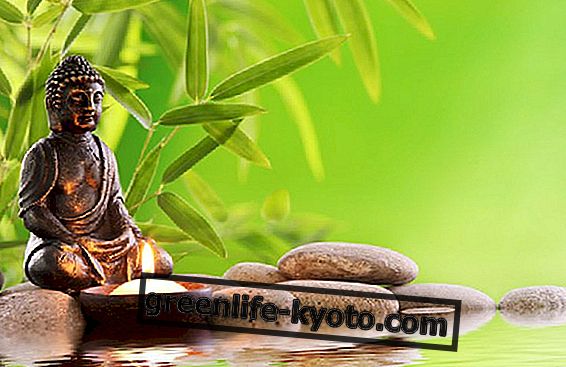
A dip in the buds
It is not food for connoisseurs or hardened abstruse new age foods. Sprouts are the basis of life, and of many drinks whose preparation requires their use, think of beer and whiskey, for example, which derive from sprouted barley . Besides the development of the seed, it must be taken into account that foods such as asparagus derive from the buds of plants and according to the same criterion we find hop shoots and bamboo shoots .
The sprouts are rich in nutrients, as the seed, developing to give life to a new plant, is a concentrate of salts and vitamins .
Bring the sprouts to the kitchen: add them to the vegetables, use them in soups, be sure that they will enrich your salads; they have an intense flavor and many nuances of taste: from the pleasant and sweet one of alfalfa (alfa alfa) or sesame sprouts to the more decisive one of mustard or garlic sprouts .
You can learn more about the properties and benefits of pumpkin sprouts
How to prepare sprouts
To prepare the sprouts you will have to select the seeds discarding the damaged ones until you get to calculate an approximate quantity of 30-40 g., To then put them in a bowl to soak . The times are approximately 6 hours for alfalfa, fenugreek and other seeds of comparable size. We are instead on the 10-12 hours of soaking for beans, soy, wheat, etc.
After soaking you can rinse the seeds and put them in the pots or in the sprout when they are well cleaned. Don't forget to wet them every day (2-3 times in winter, 3-4 times in summer).
Once a day remove the water from the sprout tray. You should check for mold or black spots daily. Rinse the sprouts well and remove the integument. Let them drain and dry, then use them immediately or keep them in the fridge. The legume sprouts should be scalded in steam or in a pan for 5 minutes before use.
